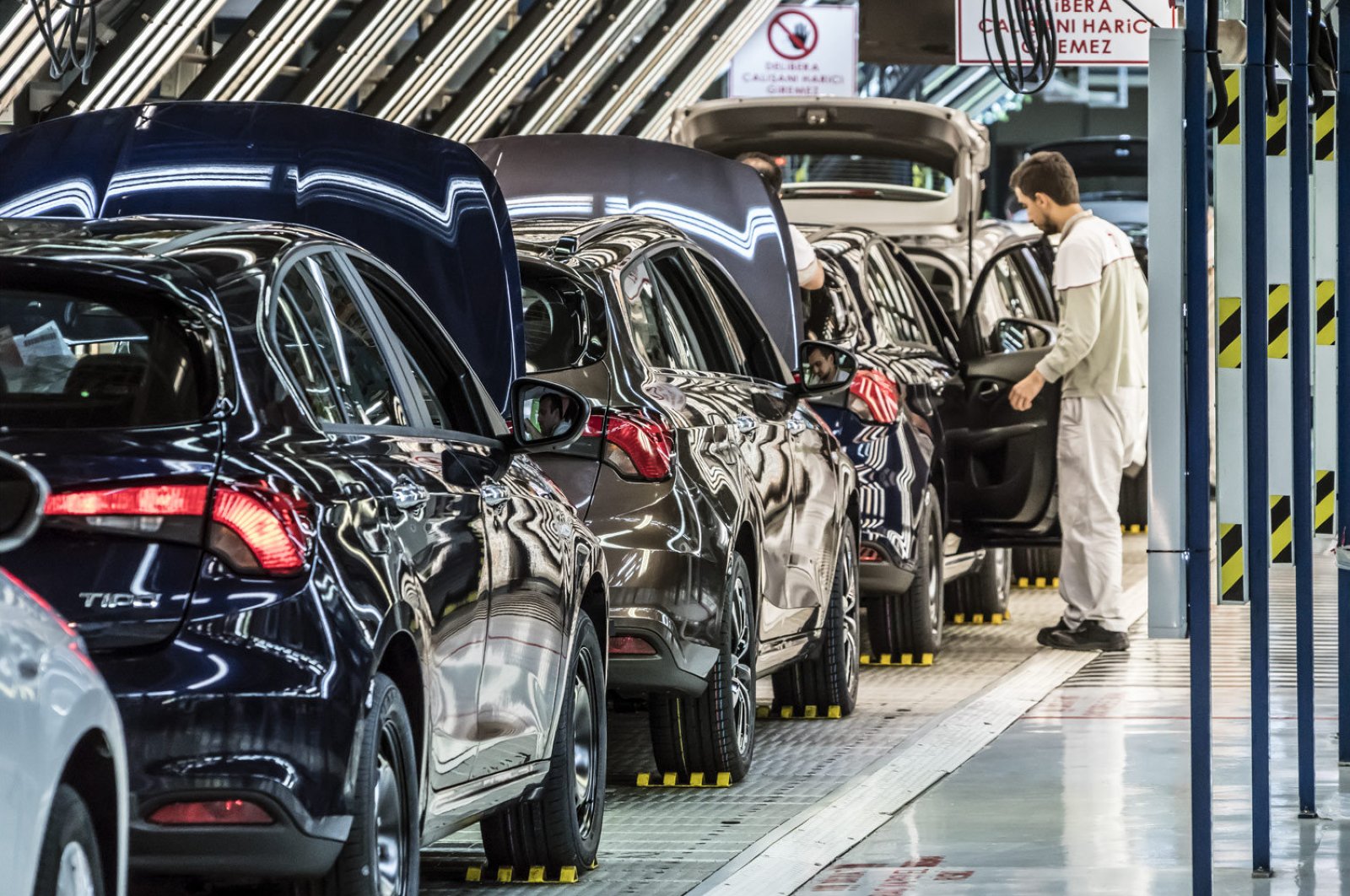One of our most favourite stages in the restoration of any classic car is when we get to install new upholstery. There is something about that new upholstery smell that is only overshadowed by that ‘old car smell’ that every car guy and gal really loves. It takes us back to a time when these cars were new and we got to sit behind the wheel for the very first time.
Enough reminiscing though, let’s get to today’s topic. If you are just getting to the re-upholstery stage of your classic car restoration project, then keep reading for some tips that will help you get your car ready.
Getting Your Classic Car Ready For Upholstery
Just as you created a plan for the restoration project itself, you should create a detailed plan for re-upholstering your car. From the type of upholstery you want, to who will install it, or, if you are installing it yourself, what tools you will need, a proper plan will make re-upholstering your classic car easy. What should your plan include? Let’s take a look:
Clear Up Any Interior Leaks- check the interior for any coolant or water leaks and anything else that could be leaking into your car with the potential of ruining your new upholstery. Check your weather stripping, heater hoses and A/C lines as well as any coolant lines that could leak and cause damage inside your car. While this might seem like an impossible feat, experience will tell you that your car can leak just about anything, from any location at any time.
Check Battery And Interior Wiring- batteries can leak acid and destroy your new upholstery and many vintage cars had batteries installed either in the boot or beneath the seats. A leaky battery or poor wiring could damage your upholstery and cause you to lose a lot of time and money on your restoration.
Replace Your Weather Stripping- even if your weather stripping seems to be in good shape, replace it with new. This will ensure that rain and the elements stay outside where they belong, not on your new upholstery.
Install Sound Deadeners- some vintage cars had sound deadening panels installed, others used sound deadening material to reduce noise and some had nothing at all. To get the best experience out of your classic car, install some sort of sound deadeners before installing your new upholstery.
Update The Hardware- why go through all of the fuss to install new upholstery in your car only to use the old, rusty hog rings? Install new hardware and take your classic car restoration to the next level.
Contact Arry The Stag
To learn more about preparing your classic car for upholstery and one man’s journey to restore a classic Triumph Stag to its original beauty, contact Arry The Stag today!
If you enjoyed this article, please feel free to share it on your favourite social media sites.







